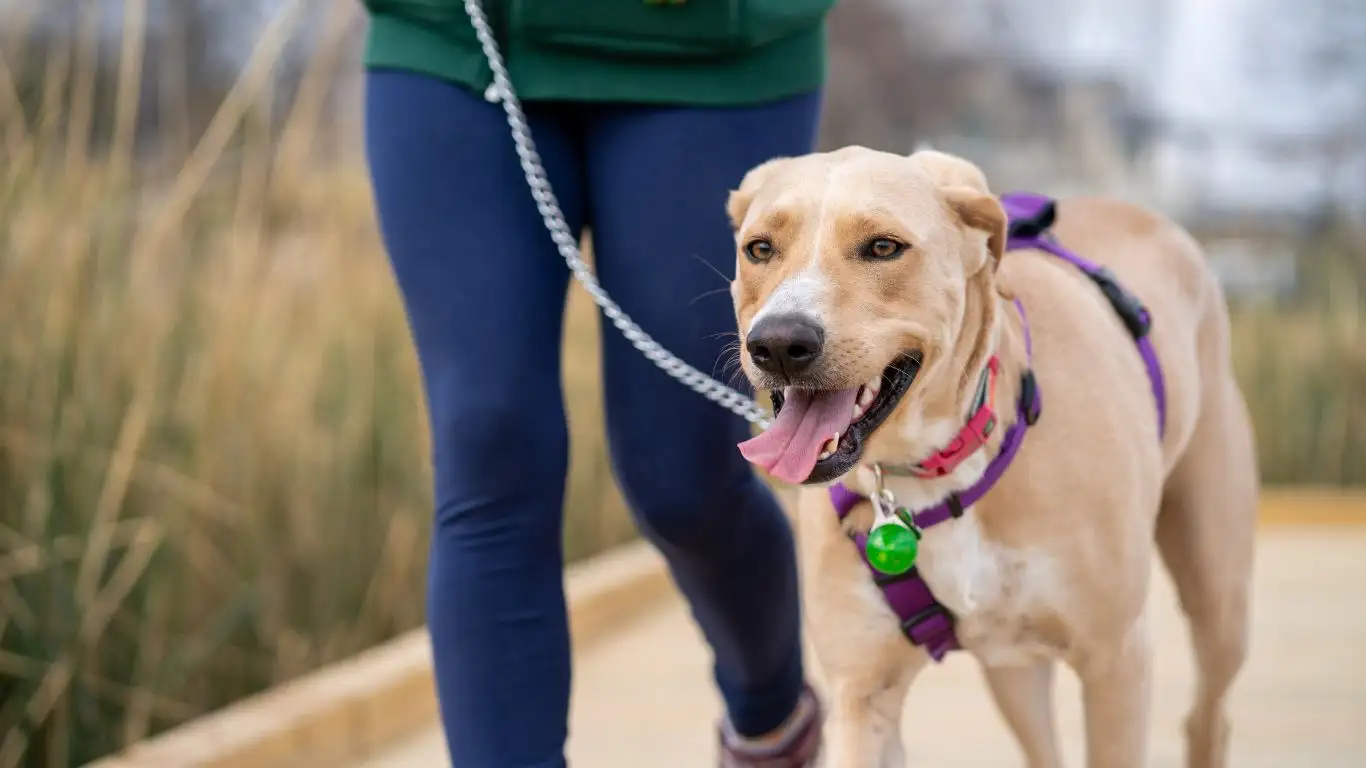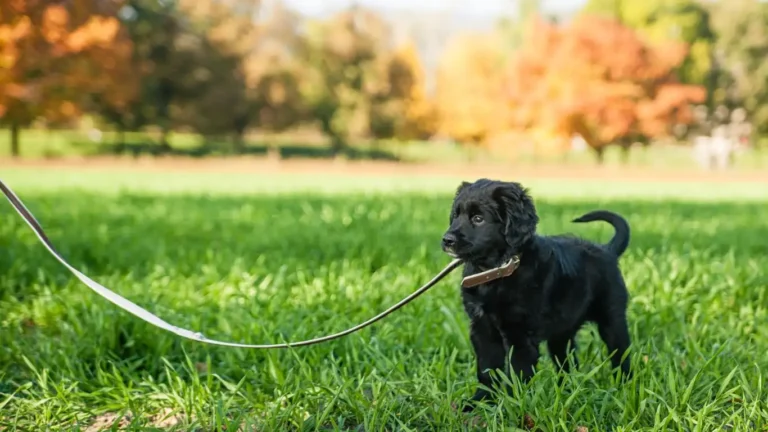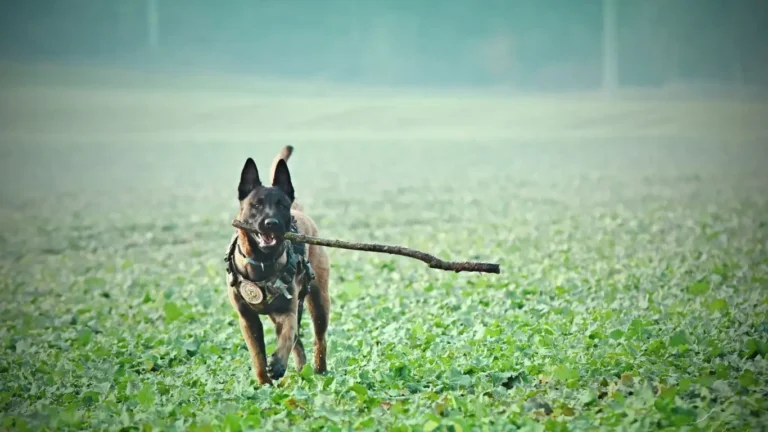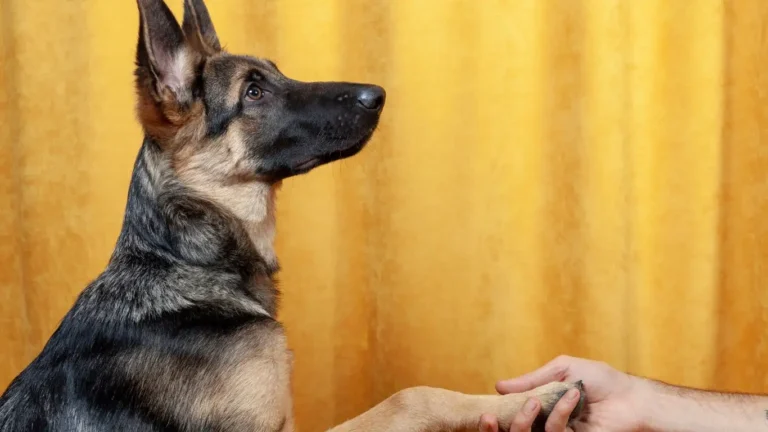Best Way to Train a Dog to Walk on a Leash – Stop Pulling Fast!
Training a dog to walk on a leash isn’t just about preventing pulling—it’s about building a bond based on trust and communication. As a Certified Professional Dog Trainer (CPDT-KA), I’ve seen countless frustrated dog owners struggle with leash training, and I get it! You imagine peaceful strolls, but instead, you’re getting tugged down the street like a human kite. The best way to train a dog to walk on a leash isn’t about brute force or frustration—it’s about understanding your dog’s perspective, setting realistic expectations, and making training fun for both of you.
Why Do Dogs Pull on the Leash?
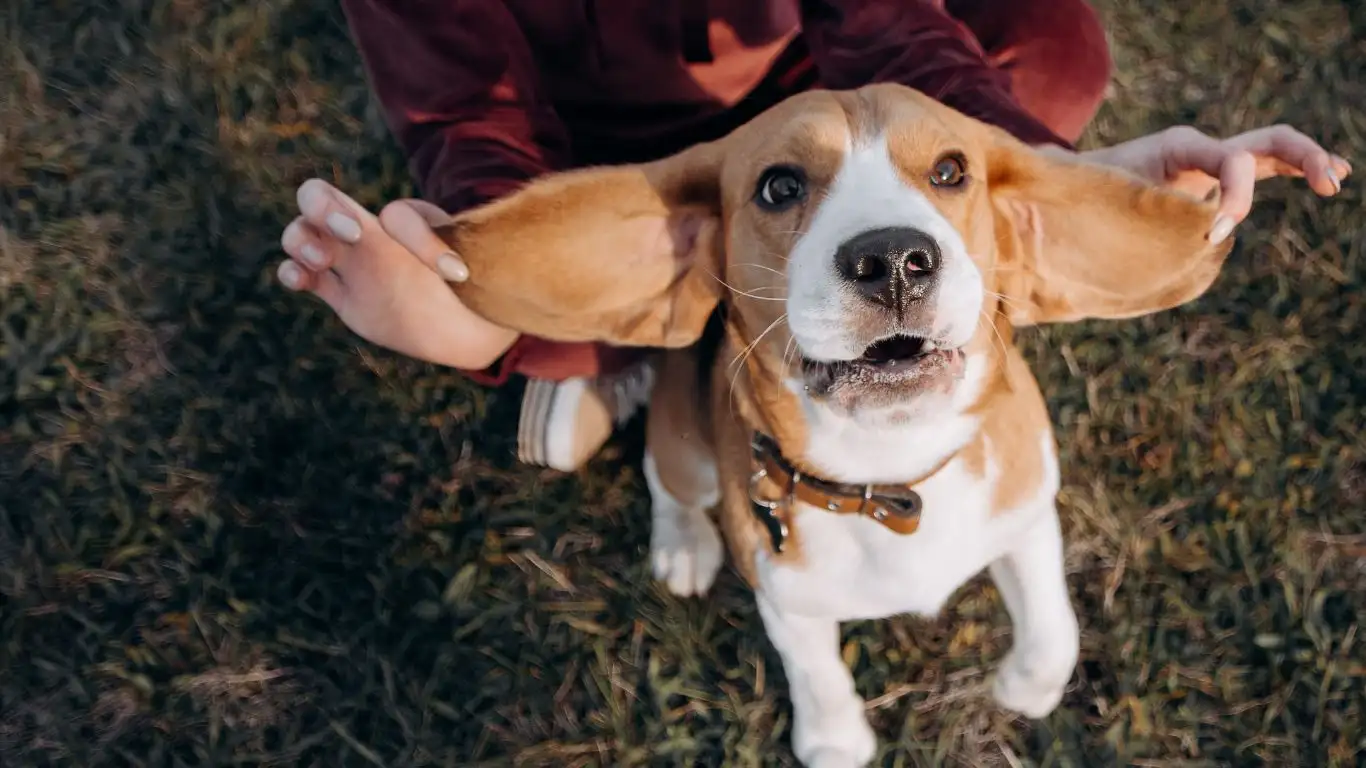
First things first—before we tackle how to train your dog to walk nicely, let’s talk about why dogs pull in the first place. If you’ve ever been yanked toward a fire hydrant, a squirrel, or another dog, you already have a clue!
Natural Canine Instincts
Dogs aren’t born understanding our leash rules. In their world, if something is exciting, they go toward it. If they want to sniff, they sniff. The leash? That’s just something getting in their way.
Reinforced Behavior
Here’s the kicker: every time your dog pulls and you follow, they learn that pulling works. If dragging you toward a tree means they get to pee on it, why wouldn’t they keep doing it?
Too Much Energy
Ever tried to take a young Labrador or a high-energy breed on a walk before they’ve had a chance to burn off steam? Good luck! Pent-up energy makes polite walking nearly impossible.
Setting Yourself and Your Dog Up for Success
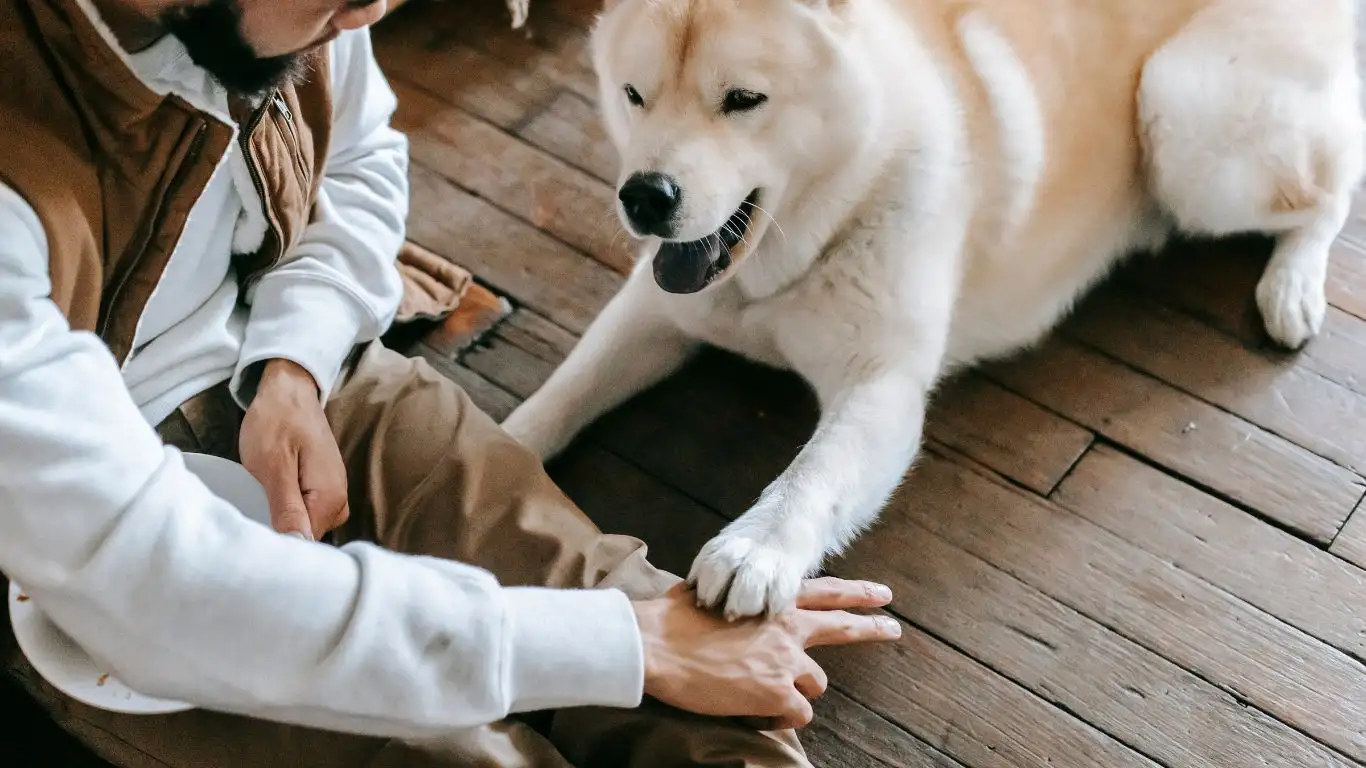
Now that we know why dogs pull, let’s set the stage for success. One of the biggest mistakes I see new dog owners make is jumping straight into leash training without the right preparation.
Choose the Right Gear
The right tools make all the difference! Here’s what I recommend:
- A well-fitted harness: Avoid choke chains or prong collars—these can cause injury and stress. Instead, opt for a no-pull harness that discourages pulling.
- A sturdy leash: A standard 4-6 foot leash is best. Retractable leashes encourage pulling and make it harder to train good habits.
- High-value treats: Think beyond kibble! Tiny pieces of chicken, cheese, or freeze-dried liver will keep your pup focused.
Start in a Low-Distraction Environment
Expecting your dog to master leash walking in a busy park is like expecting a kindergartener to do algebra on their first day of school. Instead, start indoors or in your backyard where distractions are minimal.
Practice Engagement Before Walking
One of my favorite exercises is “name recognition.” Before you even begin walking, say your dog’s name in a happy tone. If they look at you, reward them with a treat. This simple exercise builds focus and makes training much easier.
The First Steps: Teaching Your Dog to Walk Nicely

Once your dog is comfortable with the leash and paying attention to you, it’s time to take those first steps. This isn’t about going on a full-fledged walk yet—it’s about teaching your pup that walking by your side is rewarding.
Step 1: Start with Short Sessions
Begin with short, positive training sessions—just a few minutes at a time. Walk a few steps and reward your dog for staying beside you.
Step 2: Use the “Be a Tree” Method
If your dog starts pulling, stop walking. Stand still like a tree and wait for your dog to look back at you. The moment they do, reward them and start moving again. This teaches them that pulling doesn’t get them anywhere.
Step 3: Reward for Good Choices
Every time your dog walks beside you, even for a few steps, mark the behavior with a cheerful “Yes!” and give a treat. Over time, they’ll learn that staying near you is the best option.
Stay tuned for more advanced leash training techniques and troubleshooting common issues in the next sections!
Common Leash Training Challenges (And How to Fix Them)
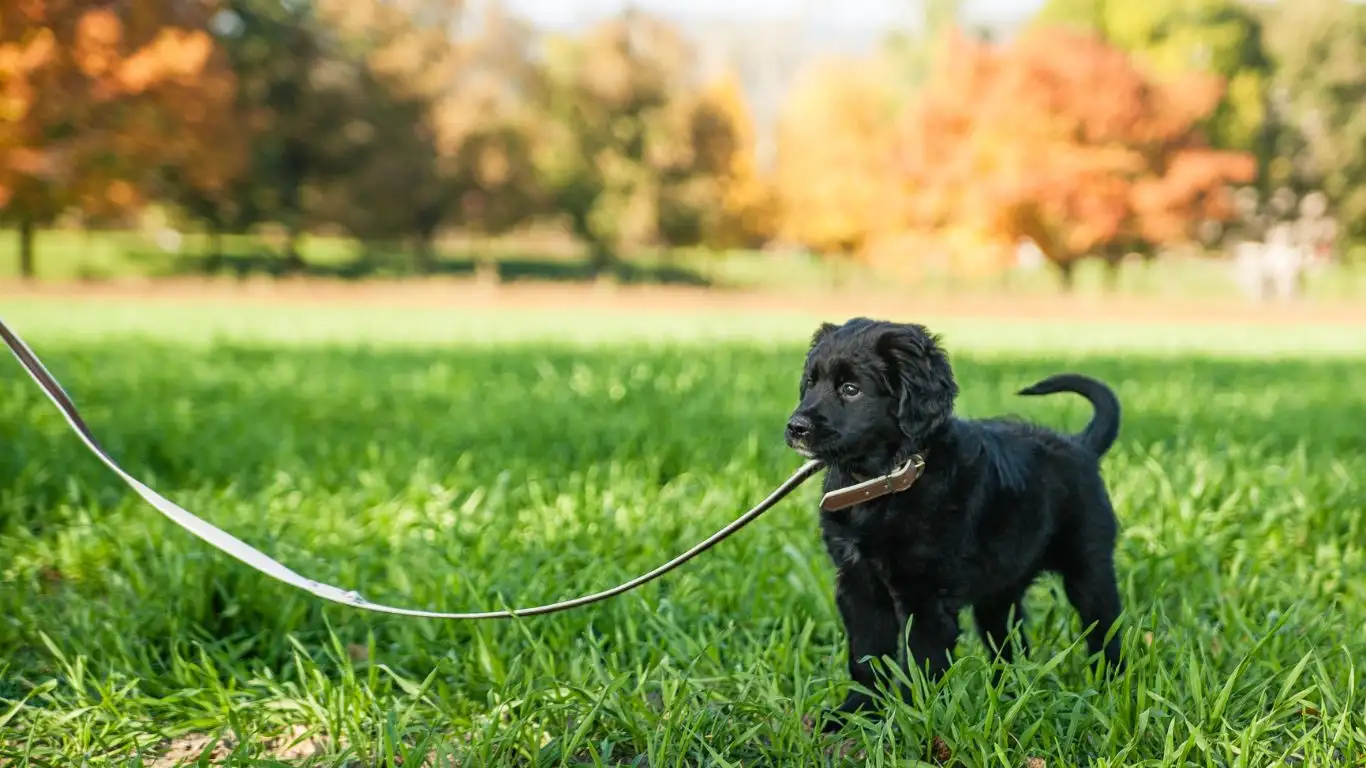
So, you’ve started leash training, and things are going okay—but what happens when your pup suddenly decides walking nicely is optional? Trust me, I’ve been there. Over the years, I’ve worked with dogs of all ages, sizes, and energy levels, and I can tell you one thing for sure: every dog has their own struggles when it comes to leash manners. Let’s go over some of the most common leash training challenges and how to tackle them.
Pulling Like a Sled Dog
We already talked about the “Be a Tree” method in Part 1, but what if your dog just keeps lunging forward like they’re training for the Iditarod? Here are some additional strategies:
- Change direction often: The moment your dog pulls, make a quick 180-degree turn and walk the other way. This teaches them to pay attention to you.
- Use a high-value reward zone: Keep treats near your leg and reward your dog whenever they walk in the correct position.
- Try a structured harness: No-pull harnesses with front clips can gently guide your dog back toward you instead of letting them drag you forward.
Getting Distracted by Every Little Thing
Dogs experience the world through their nose, ears, and eyes—so a leaf blowing across the sidewalk might be the highlight of their day. If your dog stops every few steps to sniff, stare, or investigate, try this:
- Use a “Let’s Go!” cue: Say it in a happy, upbeat voice and encourage movement forward. Reward when they follow.
- Teach a “Leave It” command: This works wonders for dogs who can’t resist stopping to check out every rock, stick, or interesting scent.
- Designate “sniff breaks”: Instead of yanking them away from every scent, allow short sniffing sessions, then use a cue like “Okay, let’s go!” to move forward.
Lunging at People or Other Dogs
If your dog suddenly launches toward another dog, person, or moving object, you’re not alone. This is a big one! Whether it’s excitement or reactivity, here’s how to handle it:
- Create distance: If you see a trigger ahead, cross the street or take a slight detour to avoid a reaction.
- Use the “Look at Me” command: Teach your dog to focus on you when they spot something exciting. Reward them heavily for checking in with you.
- Stay calm: Your dog picks up on your energy. If you tense up, they will too. Breathe, stay relaxed, and redirect their focus.
Advancing Your Dog’s Leash Skills

Once your dog is walking nicely in low-distraction environments, it’s time to take their skills to the next level. The goal is for them to stay calm and focused no matter where you take them.
Gradually Increase Distractions
If you’ve been practicing in quiet areas, start introducing more distractions gradually. Try these steps:
- Practice in your front yard before moving to a quiet sidewalk.
- Increase the challenge by walking past new sights and smells (parks, trails, or pet-friendly stores).
- Reward heavily in new locations—your dog needs extra reinforcement when learning in a new environment.
Vary Your Walking Speed
Mix things up! Walk fast, slow down, stop unexpectedly, then speed up again. This keeps your dog engaged and prevents them from zoning out during walks.
Introduce Heel Training
If you want to take things up a notch, teaching a structured “heel” command is a great skill. Here’s how:
- Start with your dog in the right position: Have them beside you, facing forward.
- Use a marker word: Say “Heel!” and take a step forward. Reward if they stay at your side.
- Practice short bursts: Walk a few steps, reward, repeat. Gradually increase the distance.
Remember, leash training isn’t about perfection—it’s about progress. Keep sessions fun, stay patient, and celebrate small wins along the way!
Case Studies & Real-Life Examples
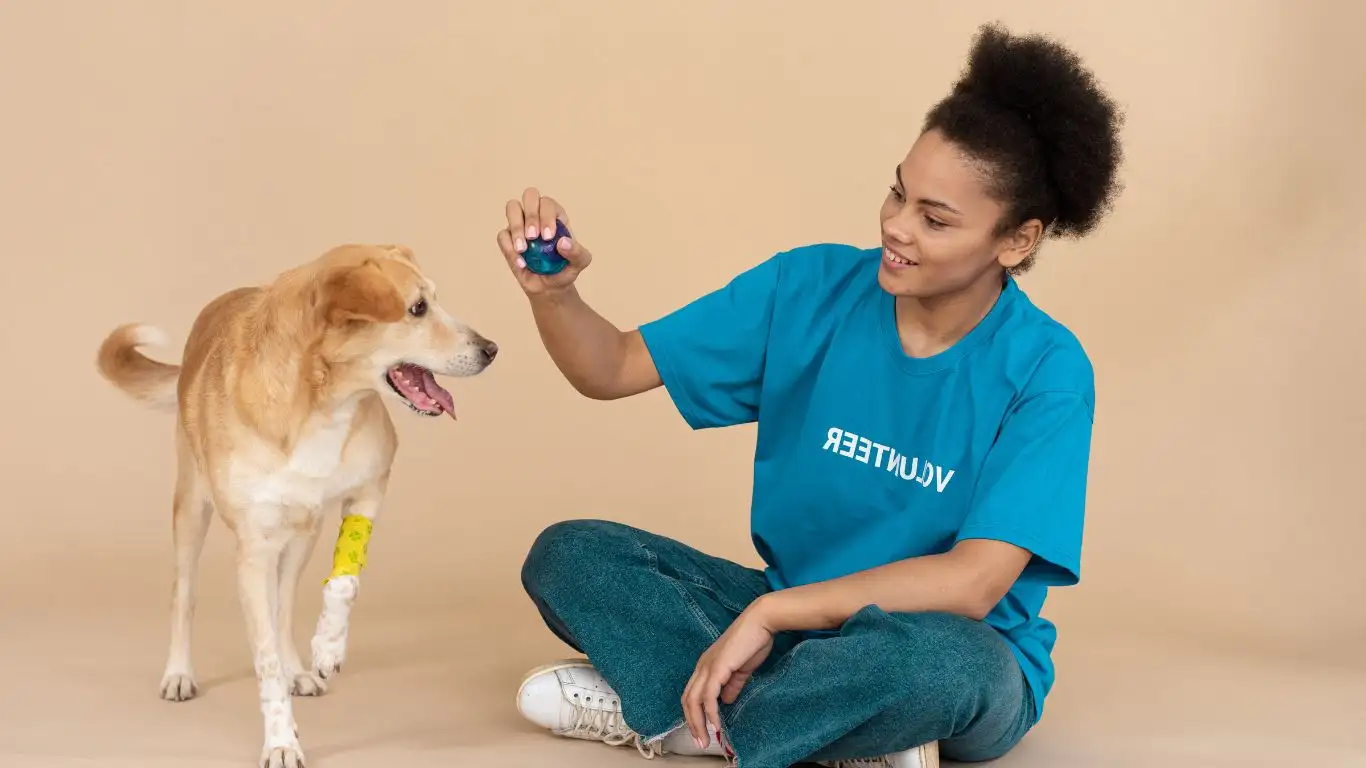
Let’s dive into some real-life examples of leash training transformations. Over the years, I’ve worked with countless dogs and their humans, and trust me—every case is different. But with consistency, patience, and the right techniques, every dog can learn to walk politely on a leash. Here are a couple of memorable success stories.
Case Study #1: Max, the Overexcited Labrador
Max was a 90-pound Labrador with the enthusiasm of a puppy—except he wasn’t a puppy. His owners, Sarah and James, dreaded walks because Max pulled so hard they feared being yanked off their feet.
What We Did:
- Switched to a front-clip harness for better control.
- Implemented the “Be a Tree” method to stop forward movement when he pulled.
- Used high-value treats to reward him for walking by their side.
- Practiced engagement exercises to keep his focus on them, not distractions.
Results: Within three weeks, Max was walking with much better manners. He still needed reminders, but Sarah and James finally enjoyed their walks rather than dreading them.
Case Study #2: Bella, the Fearful Rescue Dog
Bella, a small terrier mix, had a different issue—she refused to walk at all. Rescued from an uncertain past, she was terrified of the outside world.
What We Did:
- Started with leash training indoors to build confidence.
- Used treats and praise to encourage her to take small steps outside.
- Kept walks short and positive, gradually increasing duration.
- Allowed her to set the pace rather than forcing her to move.
Results: Over time, Bella became more comfortable and now happily explores her neighborhood at her own pace.
Key Takeaways: What You Need to Remember
Let’s wrap things up with some final thoughts on leash training. If you take nothing else from this article, remember these key principles:
- Patience is everything: No dog learns perfect leash manners overnight. Stick with it!
- Consistency wins: Reinforce good behavior every single walk to solidify habits.
- Use the right tools: A well-fitted harness and high-value treats can make a world of difference.
- Make it fun: If your dog enjoys the process, they’ll learn faster.
- Set realistic expectations: Some dogs need more time than others, and that’s okay!
FAQs
Here are some common questions I hear from dog owners struggling with leash training.
How long does it take to train a dog to walk on a leash?
It depends on the dog! Some pick it up in a few days, while others may take weeks or months. Puppies and young dogs usually take longer because they’re still learning impulse control.
What if my dog refuses to walk?
Try breaking it down into smaller steps. Start indoors, use encouragement, and allow your dog to explore at their own pace. If fear is a factor, go slow and use lots of positive reinforcement.
Should I use a retractable leash?
No! Retractable leashes encourage pulling and give you less control. A standard 4-6 foot leash is a much better choice for training.
Can I still train an older dog?
Absolutely! Older dogs may take a bit longer to unlearn bad habits, but they can still develop excellent leash skills with patience and consistency.
Bonus: Additional Resources & DIY Tips
Want to keep improving your dog’s walking skills? Here are some extra resources:
- ASPCA – Leash Training Tips
- Humane Society – Walking Your Dog
- American Kennel Club – Training Guides
DIY Training Tip: “Find It” Game
If your dog gets distracted easily, try this game. Toss a treat ahead of you on the ground and say, “Find it!” This encourages your dog to stay focused on you and can help redirect their attention away from distractions.
Appendix: References, Disclaimer & Call to Action
References: The training methods discussed here are backed by science-based positive reinforcement techniques recommended by the Certification Council for Professional Dog Trainers (CCPDT) and leading behaviorists.
Disclaimer: This article is for informational purposes only and does not replace professional training or veterinary advice. If your dog exhibits severe behavioral issues, consult a certified trainer or behaviorist.
Call to Action: Struggling with leash training? Share your experiences in the comments or tag me on social media with your progress. Let’s celebrate those small wins together!
